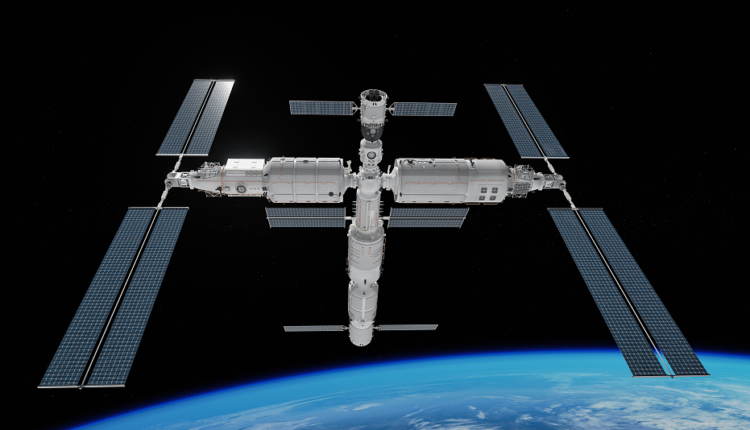©2021 Reporters Post24. All Rights Reserved.
China will launch its first large space telescope observatory to the in-development China Space Station, and it expects it to start scientific operations by around 2024.
The telescope, called the Xuntian, Chinese Survey Space Telescope, or the Chinese Space Station Telescope (CSST), will take large space surveys of the sky, according to a report from China state media outlet, CGTN.
China’s first large orbital observatory
Unlike NASA’s James Webb Space Telescope — which just revealed its first scientific images — the Xuntian will be close enough to Earth for maintenance. James Webb is roughly 1.5 million kilometers (one million miles) from Earth at Lagrange Point 2, while CSST will orbit near China’s space station, meaning it will be relatively easy to service. It is estimated to have a mission lifetime of approximately 10 years, which could also be extended.
A better point of reference is James Webb’s predecessor, the Hubble Space Telescope, which is still orbiting Earth more than 31 years after its launch. Still, Hubble orbits solo, while the Xuntian will fly near the China Space Station, which is, itself, expected to be completed by the end of the year.
The Xuntian (which stands for “survey to heavens”) will have an aperture of two meters alongside advanced detectors. It will also be bus-sized and will weigh more than 10 tons, according to CGTN. The Changchun Institute of Optics, Fine Mechanics and Physics under the Chinese Academy of Sciences (CAS) is reportedly currently developing a prototype of Xuntian.
The Xuntian Space Telescope will survey roughly 40 percent of the sky
The Xuntian Space Telescope will be made up of five observation apparatuses, including the Xuntian module, the terahertz module, the multichannel imager, the integral field spectrograph, and the extrasolar planetary imaging coronagraph.
Most of the observations will be carried out by the Xuntian module, which is a camera with a wide field of view. As per CGTN, the Xuntian module’s 2.5-billion-pixel camera will have a similar resolution to Hubble, but it will have a field of view 300 times greater. It will be able to survey roughly 40 percent of the sky over its roughly 10 years of operations.
Li Ran, a project scientist of the CSST Scientific Data Reduction System, compared the Xuntian to Hubble with a sheep analogy of all things: “Hubble may see a sheep but the CSST sees thousands, all at the same resolution,” they explained.
The space observatory will be launched after the China Space Station is completed. It will fly separately and at a distance from the orbital station, but it will fly in the same orbit and will be able to dock with the station.
Much like Webb and Hubble, the Xuntian is designed to shed new light on the cosmos, and it will investigate the properties of dark matter, dark energy, and the evolution of the universe.


